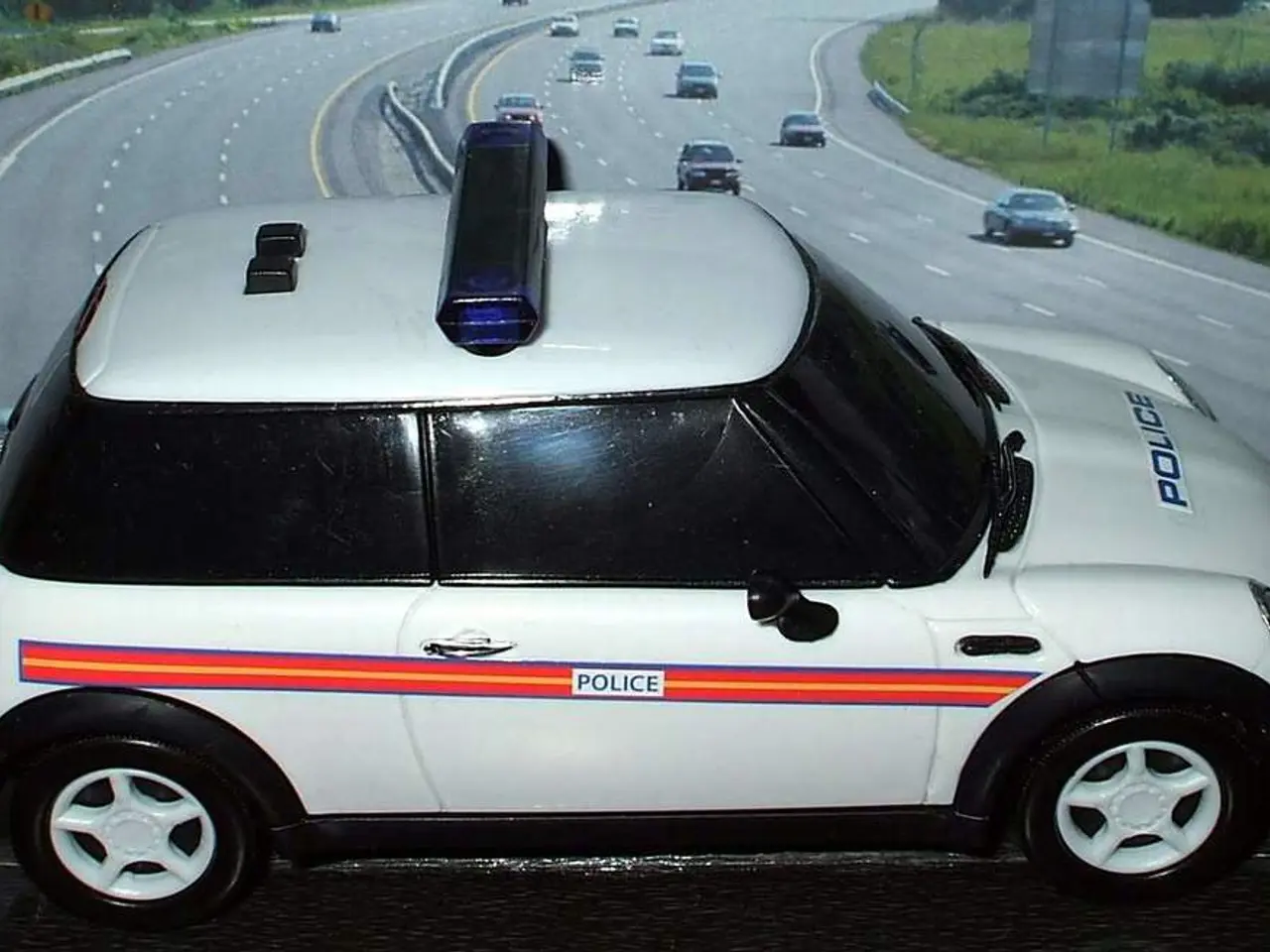Proving Responsibility for a Pedestrian Collision: Required Evidence
Evidence Crucial in Proving Liability in Houston Pedestrian Accidents
In the aftermath of a pedestrian accident in Houston, Texas, gathering the right evidence is essential for establishing liability and securing fair compensation for the victim. Here's a breakdown of the key pieces of evidence needed in such cases.
Demonstrating Duty of Care
To prove that a driver breached their duty of care, it's important to show that they owed a legal obligation to operate their vehicle safely and adhere to traffic laws to protect pedestrians.
Breach of Duty
Evidence of carelessness or negligence, such as running a red light, speeding, distracted driving, unsafe lane changes, or failing to yield the right of way, can help establish a breach of duty.
Causation
A direct link between the driver's breach of duty and the resulting pedestrian accident and injuries must be proven. This can be achieved through various forms of evidence.
Damages
Documentation of the pedestrian's injuries, medical bills, lost income, and other related costs due to the accident is necessary to demonstrate the damages suffered.
Gathering Evidence
To support these points, the following evidence is typically gathered:
- Eyewitness testimony, including from strangers with no stake in the case.
- Police reports and officer testimony documenting the accident.
- Photographs and videos of the accident scene, injuries, vehicle damage, traffic signals, skid marks, weather, and lighting conditions.
- Dashcam or security camera footage capturing the accident.
- Medical records and bills linking injuries to the accident.
- Accident reconstruction expert reports, if applicable.
- Demonstrative evidence like diagrams or notes describing driver actions or traffic conditions.
A comprehensive investigation by a qualified attorney can help gather and organize this evidence effectively and negotiate or litigate to secure fair compensation for the pedestrian's damages.
Importance of a Pedestrian Accident Lawyer
Hiring a pedestrian accident lawyer in Houston increases your chances of getting the help and compensation you need. They can navigate the complex legal landscape and ensure that your rights are protected.
Location and Context
Houston, often referred to as Space City, is a city located in southeast Texas, United States. Pedestrian accidents in Houston can lead to difficulties for victims, as they must prove liability in a city with a high volume of traffic and unique traffic patterns.
Additional Evidence
Personal belongings of the pedestrian that were torn or thrown far away can provide context on the severity and direction of the crash. Video footage can determine if the pedestrian was jaywalking or if the driver tried to brake. Photos taken immediately after an accident can provide details about the scene, such as markings in the crosswalk, traffic signals, skid marks, or broken glass. If a driver breaks a traffic law during the accident, the police report may include a citation or arrest. Hospital records and doctor notes provide a timeline of events and the nature and extent of injuries. Eyewitness statements can provide powerful support in pedestrian accident cases.
In conclusion, a pedestrian accident in Houston requires a thorough investigation and the collection of various forms of evidence to prove liability and secure fair compensation for the victim. Seeking the help of a qualified attorney and gathering evidence such as eyewitness testimony, police reports, photographs, videos, medical records, and expert reports can significantly increase your chances of a successful outcome.
Science plays a crucial role in medical-conditions assessment post pedestrian-accidents, providing valuable insights into the injuries sustained and the long-term health-and-wellness implications.
Understanding the specific medical-conditions of the pedestrian victim is essential for determining the extent of the damages and the necessary compensation. This might involve consulting medical experts, reviewing hospital records, and analyzing imaging results.




